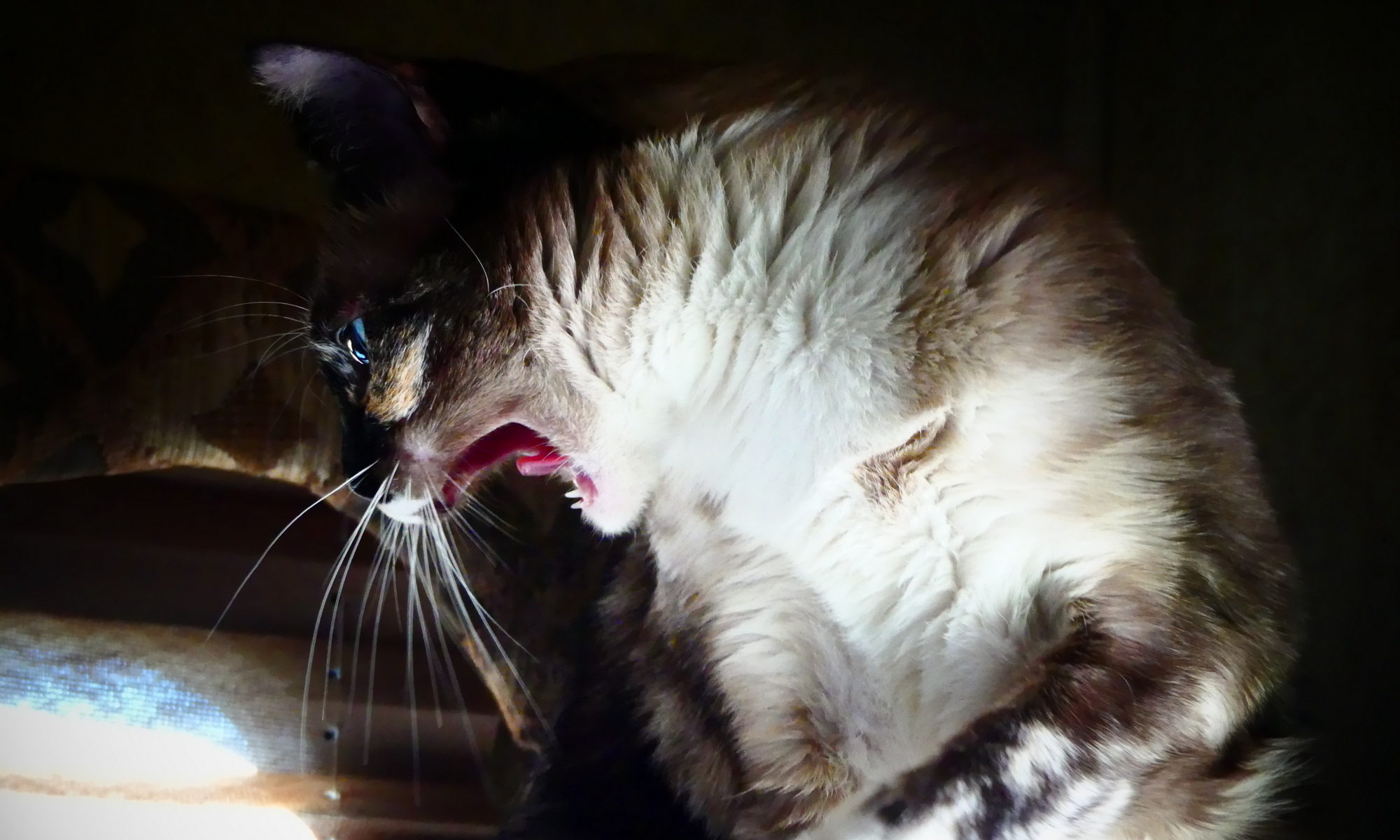These droppings are brought to you today by Tito and Kitsy. We hope you enjoy them.
I just flew in from Alaska and boy are my arms …I mean wings, wings. On a serious note, talk about amazing…
Every autumn the bar-tailed godwit undertakes an eight-day journey from Alaska to New Zealand. The bird flies non-stop, without once breaking the journey to rest or eat. Then when spring comes, the bar-tailed godwit makes the 11,000-kilometre journey back to Alaska.
You can read the rest here, at Science Daily.
It’s a bird! It’s a plane! It’s a fish?
We’re all familiar with birds that are as comfortable diving as they are flying but only one family of fish has made the reverse journey. Flying fish can remain airborne for over 40s, covering distances of up to 400m at speeds of 70km/h. Haecheon Choi, a mechanical engineer from Seoul National University, Korea, became fascinated by flying fish when reading a science book to his children. Realising that flying fish really do fly, he and his colleague, Hyungmin Park, decided to find out how these unexpected fliers stay aloft.
Science Daily has more here.
Woolly Mammoths, yay!
A team made up of members of the University of Oviedo (UO) and the Complutense University of Madrid (UCM) have gathered together all findings of the woolly mammoth, the woolly rhinoceros and the reindeer in the Iberian Peninsula to show that, although in small numbers, these big mammals — prehistoric indicators of cold climates — already lived in this territory some 150,000 years ago.
As usual, Science Daily has more here.



